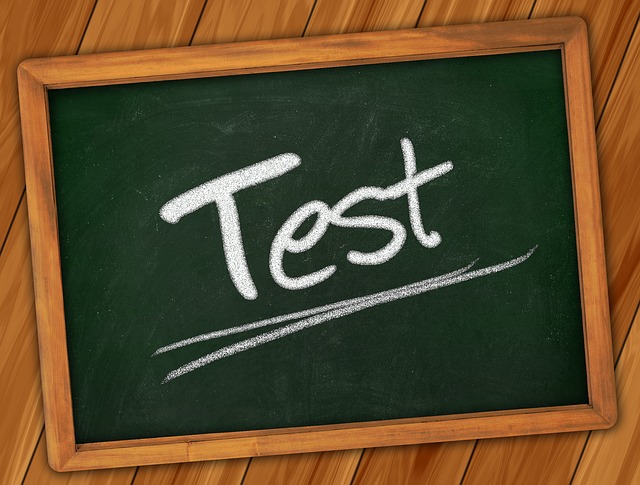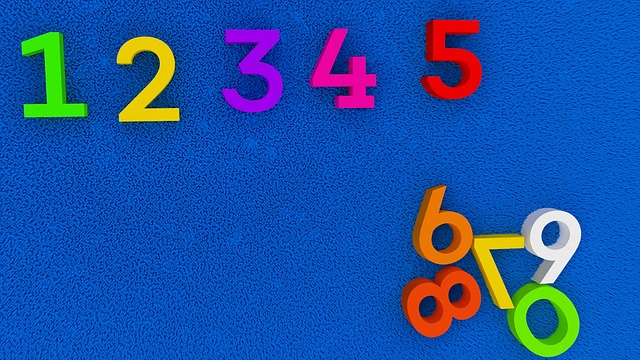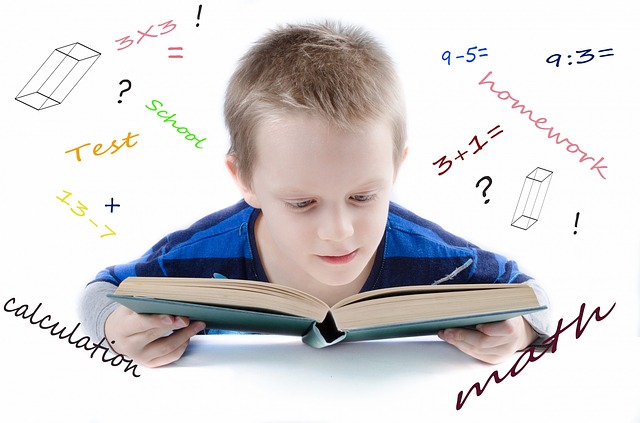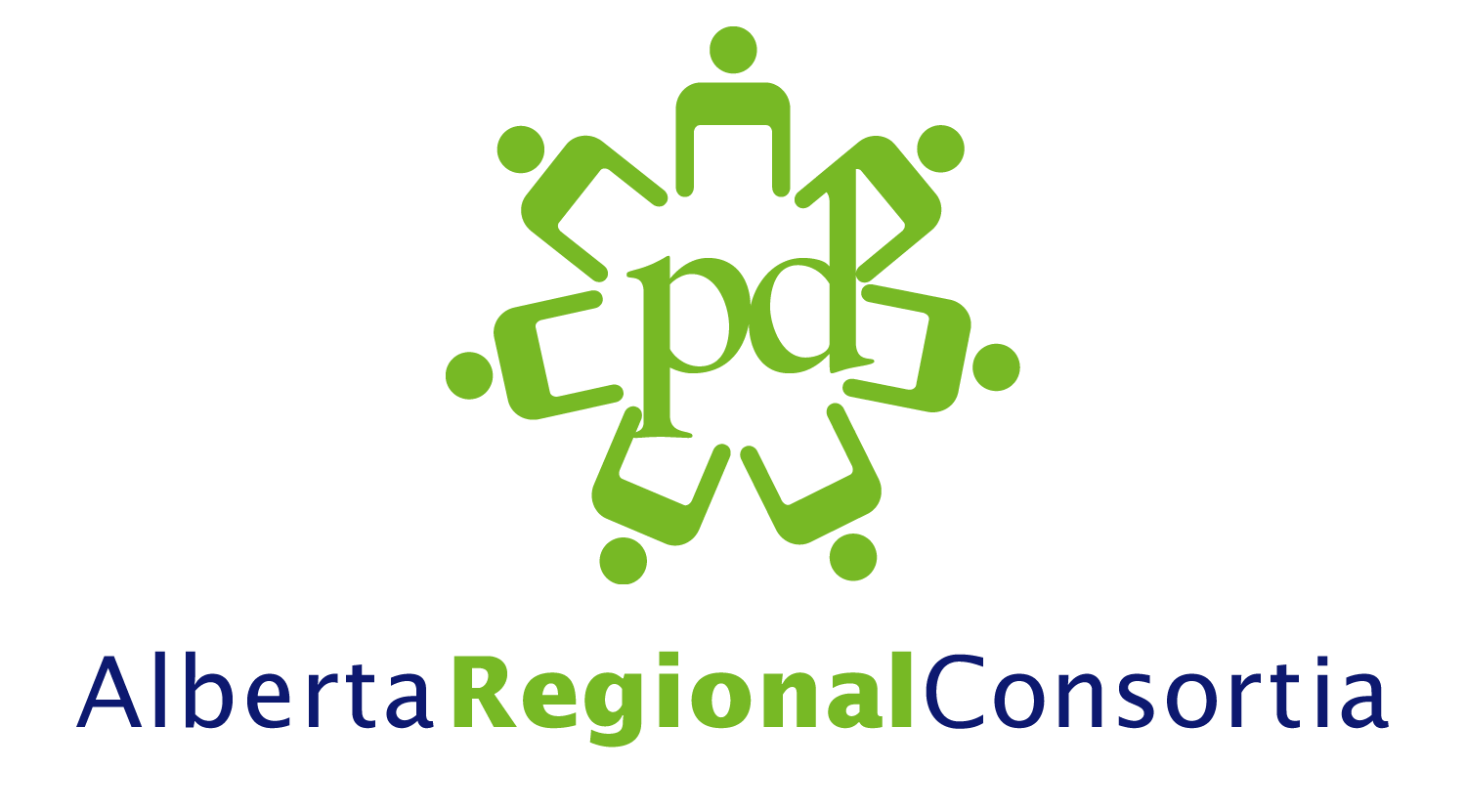Assessment
 |
| HOME | VERSION BILINGUE |

Click here to report a broken link to a website or a document
![]()
View the Foundational Webinar "Assessment"
Webinar Slides: click here to open (PDF)
Webinar Handouts: click here to open (PDF)
Webinar Guide : click here to open (PDF)
Your feedback is valued!
After watching the archived webinar, please fill out this short survey.
![]()
What Is Assessment?
Assessment is the process of collecting information on student achievement and performance that includes a variety of assessment tasks designed to monitor and improve student learning.
(Assessment Glossary, Alberta Assessment Consortium, updated 2016)
Educators have differentiated between summative assessment (assessment of learning) and formative assessment (assessment for learning) based on the purpose for gathering evidence of student learning.
Summative Assessment
What is Summative Assessment?
Assessment of learning: assessment experiences designed to collect information about student learning in order to make judgments about student performance and achievement at the end of a period of instruction, to be shared with students, parents/guardians, and others who have a right to know (also called summative assessment; refers to performance data compiled as a grade)
(Assessment Glossary, Alberta Assessment Consortium, updated 2016)
Summative assessment is a cumulative evaluation used to measure student growth after instruction. Often, summative  assessment tasks are given at the end of a course or unit of study in order to determine whether long term learning goals have been met.
assessment tasks are given at the end of a course or unit of study in order to determine whether long term learning goals have been met.
The goal of summative assessment is to evaluate student learning at the end of an instructional unit by comparing it against some standard or benchmark.
Summative assessment, or assessment of learning, refers to strategies designed to:
• confirm what students know
• demonstrate whether or not they have met curriculum outcomes or the goals of their individualized programs
• certify proficiency and make decisions about students’ future programs or placements
• provide evidence of achievement to parents, other educators, the students themselves, and sometimes to outside groups.
(Rethinking Classroom Assessment with Purpose in Mind, 2015, p. 55)
https://curriculum.gov.mt/en/Assessment/Assessment-of-Learning/Documents/assessment_of_learning.pdf
Why Is Summative Assessment Important?
Summative assessments are an important tool in providing information about a student’s progress to students, parents, teachers and other pertinent personnel who make educational decisions about students (Principles for Fair Student Assessment Practices for Education in Canada, 1993, Edmonton, Alberta).
https://www.wcdsb.ca/wp-content/uploads/sites/36/2017/03/fairstudent.pdf
Summative assessment results serve a variety of functions. First, they inform students and others about their progress in terms of their learning goals, providing insight into performance in relation to grade level curricular outcomes. Summative assessment provides information to inform decisions in relation to appropriate programming and curriculum planning. In higher grades, summative assessment can help students in developing future plans.
Summative Assessment: Teacher Background Knowledge
What do I need to know as a teacher to be able to use summative assessment effectively?
- Summative assessment evidence must be aligned with the Program of Studies, taking into consideration the verbs in the outcome and the mathematical processes. It must represent the full intent of the learner outcome.
- It should reflect the instructional experiences of students in the classroom.
- Summative assessment can include evidence collected through observations of students as they work and conversations with students about their work, as well student products and performances.
- The body of summative assessment evidence should confirm what teachers have learned about their students through on-going formative assessment.
- Sometimes there is a disconnect between what a teacher believes about a student’s level of understanding based on formative assessment and the grades collected through summative assessment. When this occurs, teacher professional judgment comes into play. Further evidence might be required to ensure a fair judgment about a student’s learning.
Formative Assessment
What is Formative Assessment?
Assessment for learning: assessment experiences that result in an ongoing exchange of information between students and teachers about student progress toward clearly specified learner outcomes (also called formative assessment; refers to information not used for grading purposes)
(Assessment Glossary, Alberta Assessment Consortium, updated 2016)
Formative assessment is often referred to as assessment for learning, formative evaluation or formative feedback.
For our purposes, formative assessment is “assessment carried out during the instructional process for the purpose of improving teaching and learning” (Shepard et al., 2005, p. 275).
Formative assessment “encompasses all those activities undertaken by teachers, and/or by their students, which provide information to be used as feedback to modify the teaching and learning activities in which they are engaged” (Black & Wiliam, 1998a, p.7).
*The primary focus of the learning opportunity is on formative assessment.
Drayton Valley Exit Pass
Why Is Formative Assessment Important?
Students do not always learn what teachers believe they have taught. For this reason, it is important for teachers to pause at strategic points along the instructional process to determine whether or not the students have learned the concepts presented by the teacher. This information can then be used by the teachers to adjust instruction to better meet the needs of the learners.
“When formative assessment practices are integrated into the minute-to-minute and day-by-day classroom activities of teachers, substantial increases in student achievement—of the order of 70 to 80 percent increase—are possible” (Leahy and Wiliam, 2009, p.15) (Hattie, 2012, p.128)
Such assessment has a profound influence on student motivation and attitude towards learning. (Butler, 1988)
According to the Teaching Quality Standards for Alberta, teachers are expected to “monitor and assess students’ learning on an ongoing basis, and modify their plans accordingly.” Formative assessment strategies make this possible. (education.alberta.ca/media/1626523/english-tqs-card-2013_3.pdf)
Formative Assessment: Teacher Background Knowledge
What do I need to know as a teacher to be able to use formative assessment effectively?
- Formative assessment is not a one-time event.
- Formative assessment is an on-going process used to identify how well a student is learning, where his/her strengths and weaknesses lie, and potential strategies to improve that learning. Formative assessment is not a thing.
- Any assessment can function as formative or summative, depending on what you do with data provided by the assessment.
- The teacher is not the only person that can engage in the process of formative assessment. Peers, parents, and the students themselves may also be agents of formative assessment.
- Formative assessment can only be effective if the information gathered in terms of student learning is used to adjust teaching and learning.
- Providing feedback that informs the learner what they did well, what they need to learn next and what they should do to learn it is an essential component of formative assessment. The primary recipient of feedback should be the student.
- Students must become active participants in the learning process as peer and self-assessment are important components of the process.
Drayton Valley Student Reflection
Vocabulary
Planning for Assessment
Formative Assessment Strategies
![]()
Mathematics Draft K-4 Curriculum (PDF)
K-9 Program of Studies (PDF)
The Mathematics Kindergarten to Grade 9 Program of Studies
The Mathematics K-9 Program of Studies can be found on the Alberta Education website:
https://education.alberta.ca/media/3115252/2016_k_to_9_math_pos.pdf
The Mathematical Processes of Communication, Connections, Mental Math and Estimation, Problem Solving, Reasoning, Technology, and Visualization are defined as “… critical components that students must encounter in a mathematics program in order to achieve the goals of mathematics education and embrace lifelong learning in mathematics.” Key processes for every outcome are listed after the outcome itself. The processes are described in detail on pages 4-6 in the Program of Studies.
The Alberta K–9 MATHEMATICS Achievement Indicators
The support document Alberta K-9 Mathematics Achievement Indicators can be found at:
https://education.alberta.ca/media/481798/2015_k-9_math_ach_ind_phase_1.pdf
 In this document you will find achievement indicators for each learner outcome in the Program of Studies. “Achievement indicators are samples of how students may demonstrate their achievement of the goals of a specific outcome. The range of samples provided is meant to reflect the scope of the specific outcome.” (Alberta Mathematics K-9 Mathematics Indicators, 2007, p. 1). These indicators a good place to look when you are creating the criteria for success and activities that elicit evidence of understanding during the planning process.
In this document you will find achievement indicators for each learner outcome in the Program of Studies. “Achievement indicators are samples of how students may demonstrate their achievement of the goals of a specific outcome. The range of samples provided is meant to reflect the scope of the specific outcome.” (Alberta Mathematics K-9 Mathematics Indicators, 2007, p. 1). These indicators a good place to look when you are creating the criteria for success and activities that elicit evidence of understanding during the planning process.
The list of indicators contained in this document is not intended to be exhaustive but rather to provide teachers with examples of evidence of understanding that may be used to determine whether or not students have achieved a given specific outcome. Teachers may use any number of these indicators or choose to use other indicators as evidence that the desired learning has been achieved. Achievement indicators should also help teachers form a clear picture of the intent and scope of each specific outcome.
![]()
Examining samples of student work
There are few things as valuable as collaboratively examining samples of student work. When teachers examine and discuss work with colleagues, it helps everyone involved develop a better understanding of grade-level standards. This in turn makes a teacher’s professional judgment more reliable, and increases the reliability of the grades he or she assigns to individual students.
Drayton Valley Student Interview
But more importantly, when teachers examine student work with the goal of learning as much as possible about where students are in their understanding of mathematical concepts, they are better able to provide feedback and adjust instruction to meet the diverse learning needs in their classrooms.
An answer provides little information on its own. If it is right, we may not know what path the student took to get there. If two students both answer 19 + 6 correctly, but one counted on his fingers while the other knew that the problem could be solved using 20 + 5, we would need to know that in order to move learning forward for both students. And if a student answered the question wrong, we would want to know more about what she does know, so we have a starting point to address gaps in understanding. When the information we need is not evident in the work, we may choose to have an assessment conversation with the student to learn more.
Included in this section are samples of student work from two activities. Following the samples are brief commentaries. Before reading the commentaries, consider examining the work yourself, and if possible discussing it with a colleague. Keep the following questions in mind:
- What does this student understand already?
- Where do there seem to be misconceptions or gaps?
- What other information do you require? Do you need to ask for something more?
- What are possible next steps?
The questions in the document above can act as a guide when you examine the work of your own students. Remember, when the learning is not clearly visible, be prepared to go back to the student for more information.
![]()
What researchers say about Formative Assessment:
The following is a list of research and/or articles on formative assessment. Summaries, quotes and references are offered as suggestions to further your professional development on this topic.
1. Quote from John Hattie’s research
Hattie’s research, revealed in his book “Making Learning Visible”, indicates that the use of formative assessment practices has a very significant impact on student learning (0.9 Effect Size).
2. Richard Stiggins: Good formative assessment keeps students believing that success is within reach if they keep  trying. We use formative assessment productively when we use it in the instructional context to do three things:
trying. We use formative assessment productively when we use it in the instructional context to do three things:
-Keep students understanding the achievement target they’re aspiring to.
-Use the assessment process to help them understand where they are now in relation to that expectation.
-Use the assessment process to help students understand how to close the gap between the two. (interview @www.edweek.org/go/formativeQA)
3. Dylan Wiliam, a leading authority on the use of assessment to improve education states: “There is now substantial – many researchers would say overwhelming—evidence that developing classroom formative assessment is one of the most, if not the most, powerful ways of improving student achievement in schools.
Three ideas seem central to most of what is written about formative assessment: First, teachers should design instructional experiences on the assumption that all students may not have learned what we wanted them to learn and build in frequent “checks for understanding” into lessons. Secondly, the most effective kind of formative assessment is short-cycle formative assessment; something that happens minute-by-minute and day-by-day. Thirdly, good formative assessment involves changing what teachers do in the classroom. (Embedded Formative Assessment, 2015, p. 201-202)
![]()
Example of strategies to assess student understanding
Remember, when you’re examining student work, ask yourself these questions:
- What does this student understand already?

- Where do there seem to be misconceptions or gaps?
- What other information do I require? Do I need to ask for something more?
- What are my next steps?
![]()
The resources below will provide you with information that may be helpful in designing instructional activities in which formative assessment is embedded.
These resources are suggestions and are meant to complement what you are already using. They are not necessarily aligned to Alberta Curriculum. These resources come from a variety of sources and are not affiliated with Alberta Education.
Click here to submit a resource
Click here to report a broken link to a website or a document
Quick Assessment
Rubric
![]()
It is important for parents to have an understanding of how you are assessing their child’s learning. In order to have parent support for the use of formative assessment and feedback, they need to become aware of the process of formative feedback and its purpose. There are a variety of ways of doing this.
- Information night: It is important for parents and teachers to have a shared understanding of the assessment strategies that will be used in the classroom. An information night provides the teacher with opportunities to discuss how strategies will help students progress in their learning.
- Parent-student-teacher conferences: Here the student has an opportunity to show parents samples of their own
 work and compare it to exemplars provided during the criteria-setting process. The child should be able to describe how their own work compares to the exemplars and what they need to do next to continue their learning.
work and compare it to exemplars provided during the criteria-setting process. The child should be able to describe how their own work compares to the exemplars and what they need to do next to continue their learning. - Parents are often sensitive about peer feedback. It is important for them to know that the students are not just “doing the teacher’s work for him/her” but are learning both as a creator and a recipient of the feedback. If students understand this, they can help in communicating the goals of peer feedback to the home. In addition, communication with the parents on this topic is advised.
- Resources for parents:
-
- Conversations About Assessment: A Parent’s Guide: Alberta Assessment Consortium www.aac.ab.ca
- The following site will provide access to learning guides for parents for both mathematics and numeracy:
http://erlc.ca/resources/resources/learning_guides_for_parents/









